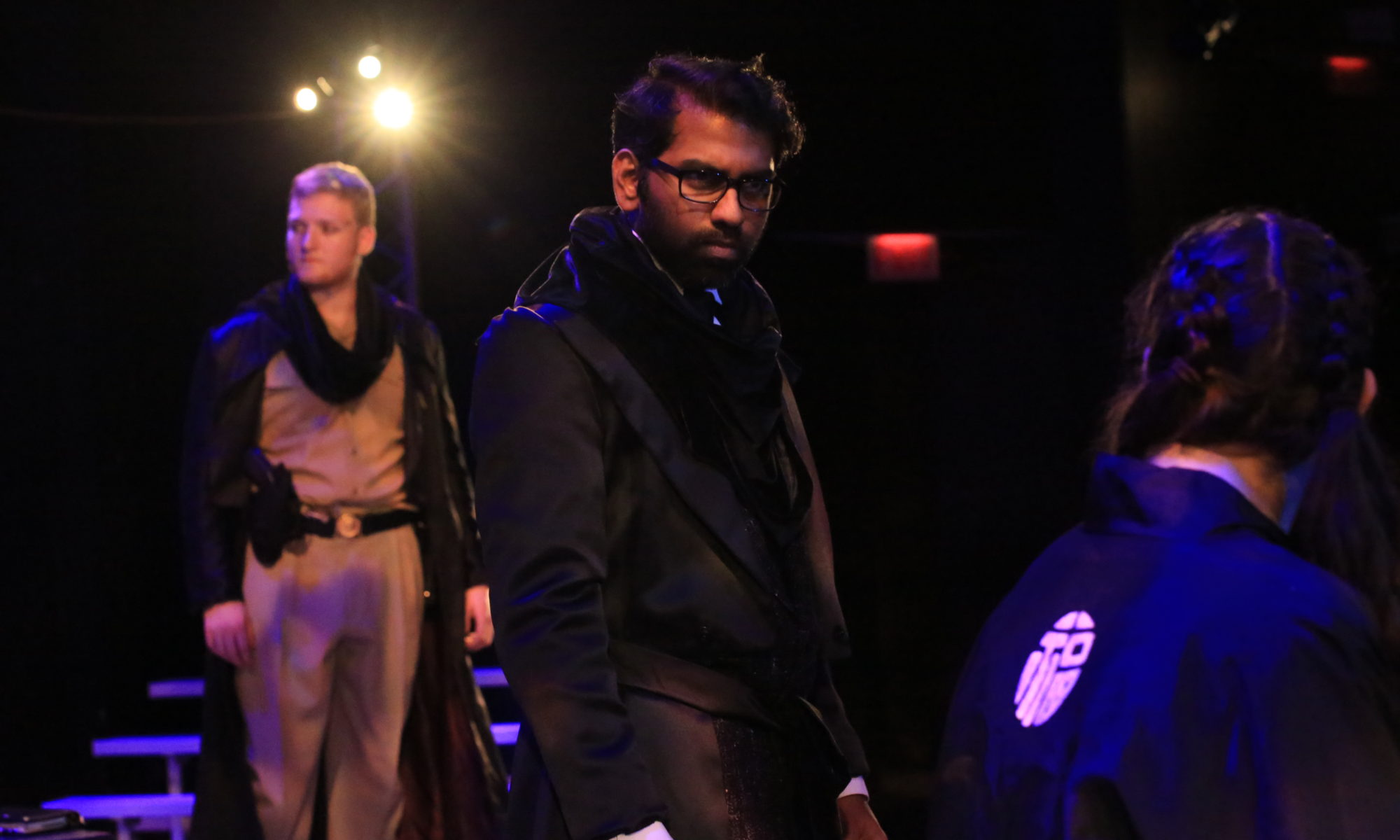My on-and-off relationship with Python began a few months before I started my Master’s degree. When I knew that I was going to turn towards IT, it was a no brainer that I had to raise my coding game. I had learned C programming during my engineering days but that was almost a decade ago. So, to go back to my roots, I took a weekend course in object-oriented programming with Java. While it was a lot of fun, it became clear to me that Java, though brilliant, was more of a mobile app development tool (no offense, Java lovers!). There was another language that reigned over the data science kingdom and for any chance of success as a data analyst, I had to woo her.

I started learning Python with the MIT OCW course (edX) on Introduction to computational programming with Python to understand the basic data structures and some beginner-level programs. While I got through the basics, I could not complete this course as, after a point, I found it to be a bit dry. And that was that. At UTD, I was already making good progress in my analytics learning trajectory thanks to my work with R programming. So there was no need to hurry things up with another language. However, as things progressed with my club Travelytics, and I came across competitions online, I couldn’t delay getting my hands dirty with Python anymore.
So, I dived right in with Kaggle Learn‘s wonderful data science track which started with 7 hours of Python, including all the basics from variables, lists, loops and functions to important libraries and elementary programs. This was followed by my internship at iCode where I worked with Python projects and also trained over 50 students in the foundations of Python and machine learning. The hands-on exercises and projects at iCode, like building a movie recommender system, were of great help in laying down the foundations of Python for data science in my brain.

Back at UTD, it helped that my friend, Joseph Kim, who was the President of the data science club, conducted some amazing hands-on sessions for people to learn Python basics. Attending these sessions helped me, and many others, stay in the loop (pun totally intended). Then came my own Python research for my facial recognition project to solve crime tourism, at the end of which I had adapted three simple python programs that detect and recognize faces in real time. This was my most memorable time spent with Python programming, as I was able to see some tangible results generated by code written by me.
In the last few months, I have been following the extraordinary free YouTube lessons of Krishna Naik. His Machine Learning playlist is the most valuable resource I have found online that helps me practise everything from the use of impressive data science libraries like NumPy, Pandas and scikit learn to data visualization exercises with matplotlib and Seaborn. He is also an excellent coach in analytics concepts like entropy and Gini impurity, and machine learning algorithms like regression, k-means clustering, k-nearest neighbors, decision trees and ensemble methods.
We are truly fortunate to live in a world and time where so many resources are available for anyone who has an Internet connection and wants to learn. I am currently working my way through Kiril Eremenko’s well-acclaimed Udemy course on Python for data science. While all these wonderful online resources have their charm, nothing comes close to in-class training. This became evident in my object-oriented programming class with Dr. Nassim Sohaee. Her diligent classwork and challenging assignments, which I am still working on, have been excellent tools to help me understand the nuts and bolts of object-oriented design and the anatomy of Python programming. I have worked in various projects dealing with loops, functions, classes, inheritance and exception handling. In addition to all the data science exercises, this class has helped me gain more confidence in leveraging Python as a powerful programming language in the time to come.
ALSO SEE Saying “Hello, old friend” to Statistics and Analytics
Diving Deep into Business Analytics with R Programming
This is the fifth post of my #10DaysToGraduate series where I share 10 key lessons from my Master’s degree in the form of a countdown to May 8, my graduation date.




